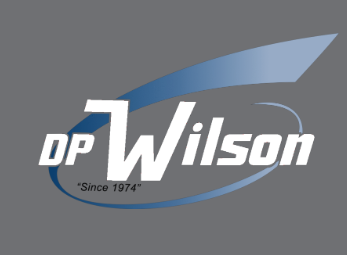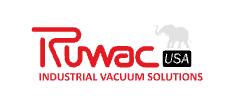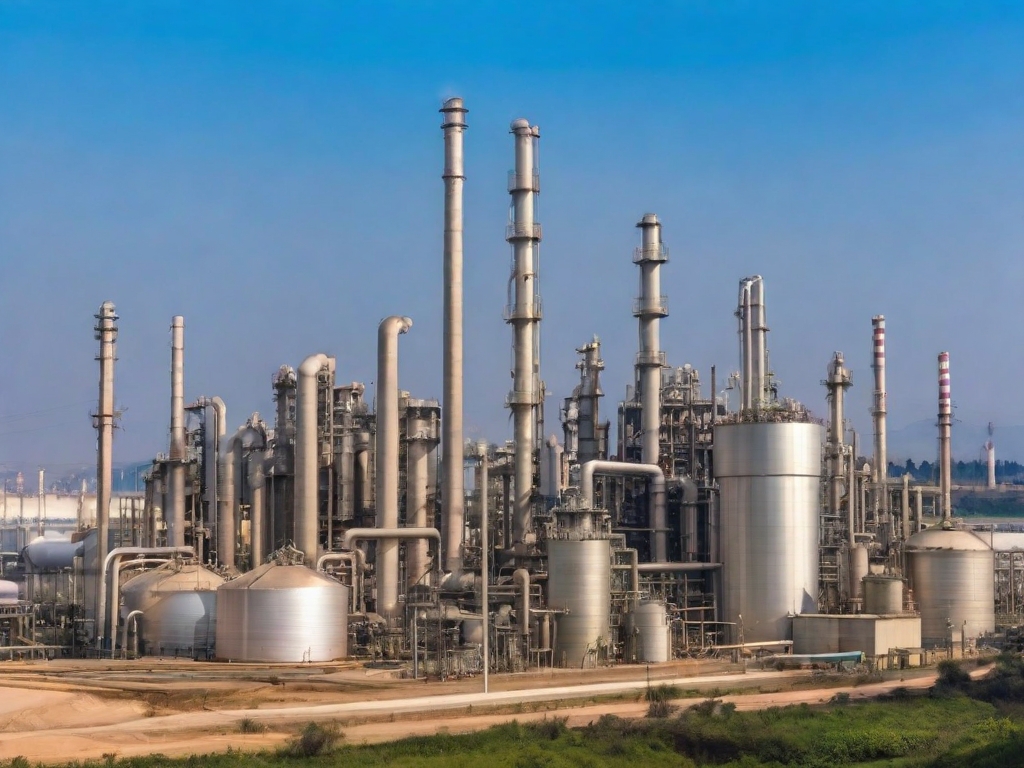
- Intrinsic safety is a protection technique that prevents electrical equipment from causing explosions in hazardous environments.
- It limits electrical and thermal energy to prevent ignition of flammable gases, vapors, or dust.
- Used in industries such as oil & gas, mining, pharmaceuticals, and chemical processing.
- Requires certifications like ATEX, IECEx, and UL to comply with safety standards.
What is Intrinsically Safe?
Intrinsic safety is an explosion protection method that prevents electrical circuits from releasing enough energy to ignite a hazardous atmosphere. This concept is widely used in environments where flammable gases, dust, or fibers are present, ensuring that electrical devices can operate safely without risk of ignition.
How Does Intrinsic Safety Work?
Intrinsic safety works by restricting voltage and current to levels below what is needed to ignite an explosive atmosphere. This is done through energy-limiting barriers that control the flow of electricity and prevent sparks, overheating, or other potential ignition sources.

Why is Intrinsic Safety Important?
Intrinsic safety is crucial in industries where explosive atmospheres are common. Without proper protection, electrical devices can generate sparks or heat, leading to catastrophic explosions.
Industries That Require Intrinsic Safety
- Oil & Gas – Used for gas detectors, communication devices, and control systems.
- Mining – Prevents ignition in methane- and coal-dust-rich environments.
- Chemical Processing – Ensures safe operation of sensors, controllers, and monitoring equipment.
- Pharmaceuticals – Used in manufacturing processes where volatile substances are handled.
- Manufacturing & Warehousing – Protects against combustible dust explosions.
Intrinsic Safety vs. Explosion Proof: What’s the Difference?
| Feature | Intrinsically Safe | Explosion Proof |
|---|---|---|
| Protection Method | Limits energy to prevent ignition | Contains internal explosion to prevent external ignition |
| Weight & Size | Lightweight, portable | Heavy, bulky enclosures |
| Cost | Generally lower | Higher due to robust materials |
| Application | Best for low-power devices | Used for larger, high-power equipment |
Which One Should You Choose?
- If your work involves portable, low-power devices, intrinsic safety is the better option.
- If you need heavy-duty protection for fixed installations, explosion-proof equipment may be more suitable.
Certifications & Compliance for Intrinsically Safe Equipment
For a device to be classified as intrinsically safe, it must meet international safety standards.
Common Intrinsic Safety Certifications
- ATEX (Europe) – Required for hazardous locations in the EU.
- IECEx (Global) – International standard for explosive atmospheres.
- UL (North America) – Ensures compliance with U.S. and Canadian safety regulations.
When purchasing intrinsically safe equipment, always check for certified markings to ensure compliance with safety regulations.
Find the Best Intrinsically Safe Equipment
Protect your workplace with certified intrinsically safe devices. Browse Intrinsically Safe Store for a wide range of ATEX, IECEx, and UL-certified solutions designed for hazardous environments. Ensure safety. Stay compliant. Shop now!
How to Implement Intrinsic Safety in Your Workplace
- Identify Hazardous Areas – Determine zones where explosive gases or dust are present.
- Select Certified Equipment – Ensure all devices are ATEX, IECEx, or UL certified.
- Use Energy-Limiting Barriers – Install barriers that restrict current and voltage.
- Train Employees – Educate workers on safe handling of intrinsically safe equipment.
- Conduct Regular Inspections – Ensure all devices maintain compliance over time.
FAQs About Intrinsic Safety
1. What does “intrinsically safe” mean?
It refers to equipment designed to limit electrical energy to prevent ignition in hazardous environments.
2. Is intrinsically safe equipment required by law?
Yes, industries handling flammable gases, dust, or vapors are required to comply with safety regulations like ATEX, IECEx, and UL.
3. Can any device be made intrinsically safe?
No, devices must be specifically designed and tested to meet intrinsic safety standards.
4. How do I know if my equipment is intrinsically safe?
Look for certification marks such as ATEX, IECEx, or UL on the product label.
5. What is the difference between “intrinsically safe” and “non-incendive”?
- Intrinsically Safe (IS): Limits energy to prevent ignition in all conditions, including faults.
- Non-Incendive: Safe during normal operation, but may pose risks if a fault occurs.



























